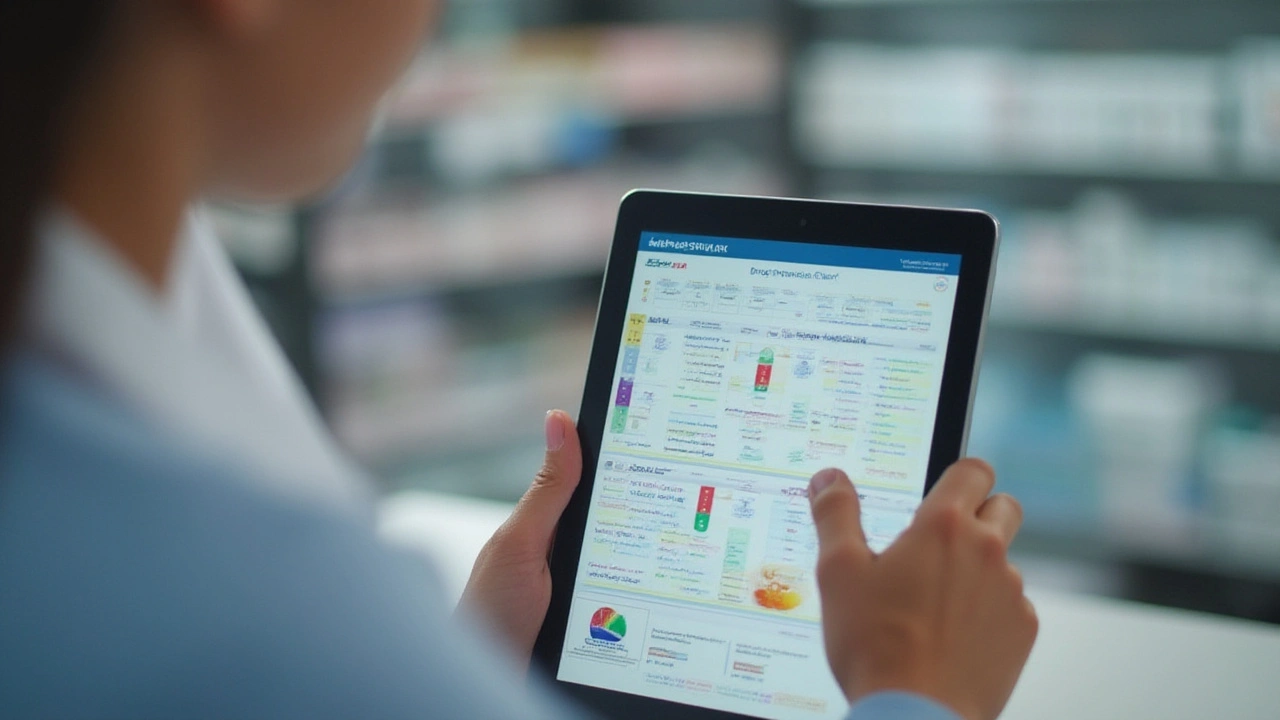Prescription Tips: Straightforward Guidance for Everyday Medication Questions
Ever stared at your medicine cabinet and wondered if you’re actually taking your meds the best way? Prescription questions pop up all the time—especially with stuff like painkillers, switching to cheaper generics, or figuring out if brand names are really worth the money. Here’s what actually matters, without the medical jargon or scare tactics.
First up: painkillers. You’ve probably been handed a bottle after a procedure or bought something over-the-counter for a headache. Here’s the deal—painkillers don’t just “block” pain. They mess with specific nerves or brain chemicals to dial down how your body feels pain. Not all painkillers work the same, and not all are safe for every situation. Ibuprofen is different from acetaminophen, and opioids are a whole other story. Mixing them or taking too much can seriously mess with your kidneys or liver. Always check before doubling up, and if the label looks like word salad, ask your pharmacist for a real translation.
Here’s a scenario you might know: the pharmacy wants to give you the “generic” instead of your usual brand name. Are they really the same? In the U.S., generics have to prove they behave almost identically in your body as the original. The color or shape might be different, but in most cases, the result is the same—and often a lot cheaper. But, there are a few rare meds where the switch isn’t seamless (think thyroid meds or certain narrow-range drugs). If you tried a generic and felt off, bring it up with your doctor. Money is important, but so is feeling your best.
Switching drugs isn’t just about cost. Sometimes your insurance says, “Nope, we cover this, not that.” Ask whether what you’re offered is truly equivalent. Pharmacists know the ins-and-outs here, and a two-minute chat can save you headaches, side effects, or bad surprises. Never break pills in half or skip doses to “make them last”—that’s how meds stop working or even become dangerous.
Saving on prescriptions is a whole strategy. Look for discount cards, manufacturer coupons, or bulk deals, but make sure you’re not compromising quality for a lower price. Local pharmacies sometimes beat the big chains for cost and service, so shop around. And don’t be shy about asking what each thing on your bill actually means.
One last tip—always keep your medications in their original bottles and make a list (or snap a phone photo) of everything you take, especially if you see more than one doctor. This one habit makes doctor visits way shorter and way safer.
Worried or confused about any of the above? You’re not alone, and there’s no such thing as a stupid question when it comes to your health. Your doctor and pharmacist are there to help you cut through the noise so you stay safe, comfortable, and confident with your meds.
How to Read a Drug Interaction Chart Effortlessly: Safe Medication Management Guide
Posted by Elias Hartfield on Jul, 29 2025

Learn how to read a drug interaction chart with confidence. Find out what those columns and colors mean, avoid risky combos, and handle medications safely.
